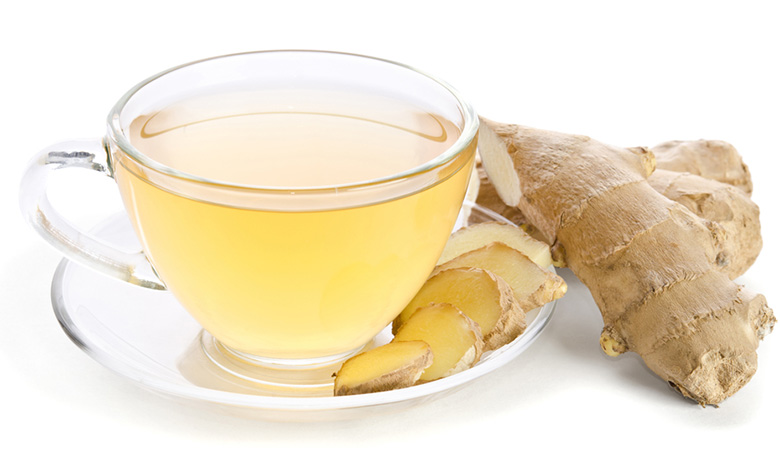Benefits of Ginger
Ginger promotes the elimination of intestinal gas and relaxes and soothes the intestinal tract. I always use fresh ginger when making tea or juicing, these are my favourite ways to use fresh ginger. I only use ginger powder when I am cooking or baking, however, either is available. There is also crystallized and ginger capsules.
Ginger has strong antioxidant properties and contains a protease that may have an action similar to bromelain on inflammation.
Ginger reduces serum cholesterol and improves liver function.
Ginger contains phytonutrients as gingerols that have health-promoting benefits.
Other Benefits Are:
- Preventing the symptoms of motion sickness especially seasickness, including dizziness, nausea, vomiting and cold sweating.
- Promotes digestive health.
- Treating nausea and vomiting associated with pregnancy.
- May help relieve menstrual cramps.
- Blocks the pro-inflammatory prostaglandins.
- Reduce migraine symptoms.
- Lessen pain and swelling with osteoarthritis or rheumatoid arthritis.
Measurements:
1 gram powder = 10 grams or 1/3 ounce fresh ginger = about 1/4 inch slice
Selection:
Ginger can be found in most supermarkets. Make your selection by choosing the fresher looking with no signs of decay like soft spots, mildew or dry wrinkled skin. Store fresh ginger unpeeled in the refrigerator for about three weeks and about six months unpeeled in the freezer. Ginger can be peeled, chopped or grated.
References
“Foods That Harm, Foods That Heal: an A-Z Guide to Safe and Healthy Eating.” Foods That Harm, Foods That Heal: an A-Z Guide to Safe and Healthy Eating, by Joe Schwarcz and Frances G. Berkoff, Metro Books, 2010, pp. 191.
Ginger.” The Complete Book of Juicing: Your Delicious Guide to Youthful Vitality, by Michael Murray, Clarkson Potter Publishers, 2014, pp. 156–158.
“The World’s Healthiest Foods: Essential Guide for the Healthiest Way of Eating.” The World’s Healthiest Foods: Essential Guide for the Healthiest Way of Eating, by George Mateljan, George Mateljan Foundation, 2007, pp. 708–709.


